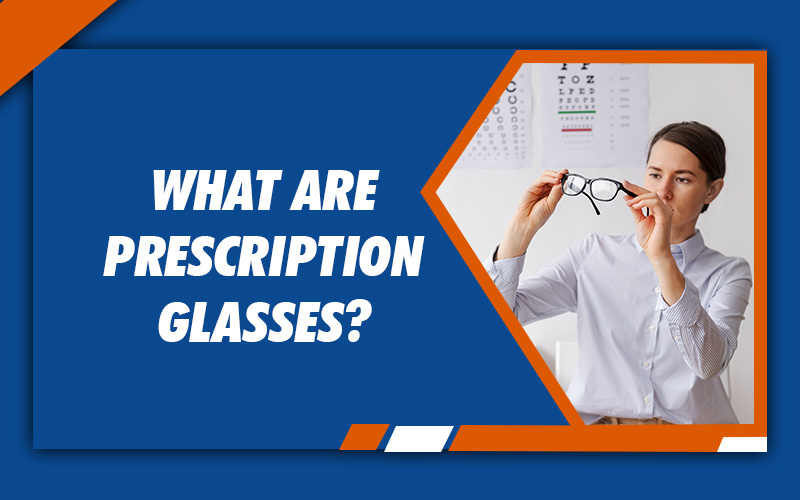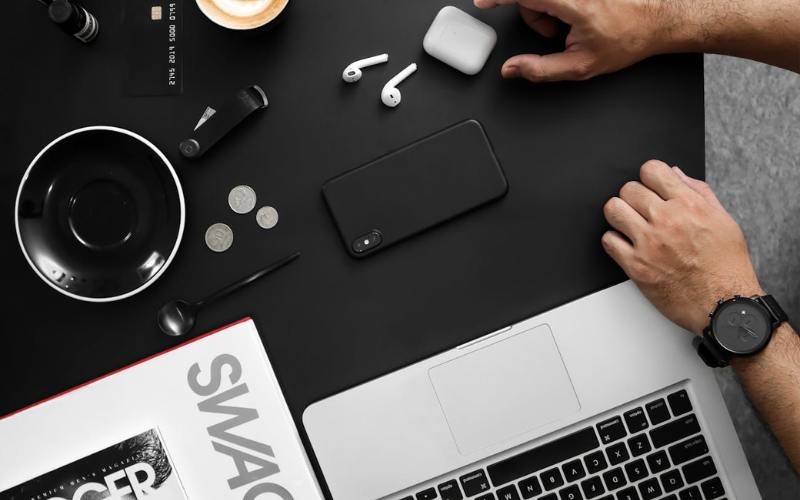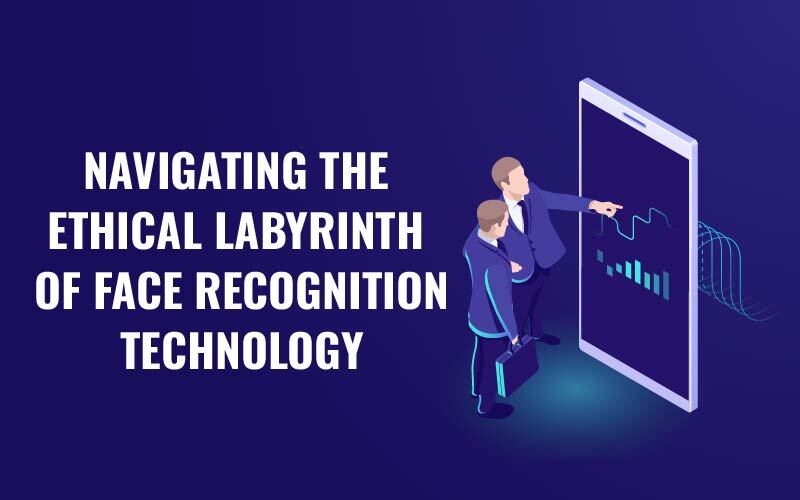Many people wear glasses to enjoy their favorite activities. Some common eyewear styles include prescription eyeglasses and magnifying glasses, also known as reading glasses. These specs have their similarities, but they’re also different. The following guide tells you about the two types. Then, discover how finding the perfect pair can help to enhance your confidence and style.

What Are Prescription Glasses?
Prescription glasses are spectacles with prescription lenses. A patient sees an eye doctor for a prescription. These glasses are a way to correct vision. They’re prescribed for some common eye problems, which may include conditions like nearsightedness or astigmatism.
Prescription lenses are designed to fix a specific vision problem. An optometrist or ophthalmologist’s prescription is like a plan for your unique vision. The doctor can add a magnifier to the prescription for reading distance.
What Are Magnifying Glasses?
Magnifying glasses are also known as readers or magnifiers. These glasses are available “over the counter,” which means you can get them without an optometrist or ophthalmologist’s prescription. The magnifying glasses’ powers amplify and enhance what you’re reading.
They enlarge print and make words appear closer, but they do not work to sharpen vision. They come in powers referred to as a diopter or strength. They start at +1.00 and go up to +4.00. Reading glasses have the same powers in both lenses.

Who Should Wear Magnifying Readers?
Magnifiers are for people who want to enlarge print. They’re for those who like to read or do close-up work. They’re also designed for people who have presbyopia. Aging causes the eye’s lens to lose its elasticity. This condition makes objects more difficult to see when they’re up close, which is why readers could possibly help.
Many of today’s readers and magnifiers are made with the same quality and attention to detail as prescription glasses. Your eye doctor can help you confirm if readers are the best glasses style for you. They can also tell you if you need a prescription for another vision condition.
The Differences Between Prescription Glasses and Readers
An optometrist or ophthalmologist can give you the best advice on whether you need prescription glasses or readers. However, knowing some of the differences between these styles is still helpful, especially before you have an eye exam. These are:
- Prescription glasses can correct many vision conditions. These include conditions like nearsightedness or astigmatism. An eye doctor can advise you on prescription glasses or other remedies for these needs.
- Readers have the same powers for both eyes. Some people have one eye that is stronger than the other. It’s possible to get a customized fit and prescription plan for both eyes.
- Readers do not come in bifocal options. If you need assistance with near vision and far vision at the same time, bifocals are an option. Your doctor can also tell you more about what it’s like to wear progressive glasses.
- Prescription glasses are for full-time use. Magnifying glasses and readers are for up-close work. You would not wear them while driving or looking at faraway objects.
- Readers are more affordable than prescription glasses. Prescription glasses are personalized and come from an eye doctor. The lenses are more expensive than “over-the-counter” glasses.
There may be more similarities and differences that are not listed here. Consulting with an eye care professional is a good way to know if you’re considering all your vision needs.
How to Find the Right Glasses for You
After you learn more about your vision, you’ll be closer to your pair of specs. An eye exam can check what prescription or strength of reading glasses you need. This can help you get on your way to picking the right glasses. Some eyewear companies have convenient optical fit guides if you’re looking for readers or magnifiers.
Know Your Filters and Lenses
First, decide whether you’re getting prescription glasses or magnifying glasses. Then, determine if you need specialized filters or lenses on top. For example, blue light reading glasses combine reading glasses with blue light-blocking technology.
Special filters can block some blue light from reaching the eyes, which some say can help you avoid eye strain and headaches. If you like the idea of blue light blockers, there are blue light glasses available with no correction. An eye doctor can add blue light filters on top of your prescription.

Understand Presbyopia
You may need reading glasses to see better up close as you get older. Get an eye exam when you have trouble seeing fine print or up-close text. Your doctor will help you decide if you need a pair of OTC readers or a prescription. An eye doctor can prescribe reading glasses for computer work. Some people use them for activities like cooking or sewing.
Browse Glasses Styles
These days, many chic readers and modern blue light glasses are available online. Browse frames and shape colors for the style that fits your personality. Shop by strength to quickly find magnifiers for reading and up-close work. Or filter by frame shape or color to match your outfits.
The same on-trend styles may be available as no correction blue light glasses. You’ll also find next level looks in blue light readers. If your style doesn’t require a doctor’s prescription, compare their prices to your favorite online frames. You may find the same quality frames and stylish looks at affordable everyday prices.
Shopping for the Perfect Pair
With so many stylish looks and ways to get the perfect lenses, you’re sure to find the best glasses for you. If you like modern eyewear, shop for bold and daring looks. Iridescent frames and oversized glasses are standout styles for the season. Angular and rectangular shapes are flattering for a variety of face shapes.
If you like a classic look, you’ll find readers and prescription glasses in colors like black and tortoise. There are also plenty of attractive soft-square frames and neutral-colored glasses for different face shapes. The perfect pair is a combination of a comfortable experience and unforgettable style. Understanding the similarities and differences between prescription glasses and readers can get you closer to the glasses you love.
Also Read: How To Improve Eyesight Naturally At Home




